
- •1.1Flags and National Symbols
- •1.1.3 London
- •1.3 History
- •1.3.1 Pre-Roman England
- •1.3.2 Roman Britain
- •1.3.3 The Anglo-Saxons, Celts, Vikings and the Dark Ages
- •1.3.4 The Norman Invasion
- •1.3.5 Norman and Other English Castles
- •1.3.6 The Tudors
- •1.3.7 Civil War and Oliver Cromwell
- •1.3.9 The British Empire
- •1.3.10 World War 1 and the /inter-wai/ years
- •1.4 Language
- •1.5.1 System of Government
- •1.5.2 System of Education
- •Infant School or Primary School
- •1.5.3 Law
- •1.5.4 Religion
- •1.6 Mass media
- •2.1 Flag and National Symbols
- •2.2.1 Physical Geography
- •2.2.2 Human Geography and Demographics
- •2.2.3 Washington dc
- •2.2.4 New York
- •2.3 History
- •2.3.1 Native Americans
- •2.3.2 Immigration and the creation of the usa
- •200 Mies
- •2.3.3 Racial inequality and the Civil War
- •2.3.4 Growth and expansion
- •2.3.5 The rise of modern America after ww1
- •2.4 Language
- •2.5.1 System of Government
- •2.5.2 System of Education
- •I.Fa gui
- •2.5.3 Law
- •2.5.4 Religion
- •2.6 Mass media
1.1.3 London
London is the capital of England and the United Kingdom. Its core area is 1,579 square km with a population of 7.2 million, administered by 32 Borough Councils as Greater London County. However as any visitor sees, it is an indeterminate area of around 12 million, taking into account the areas of the Home Counties that merge into the capital. This makes it exceptional if only for the reason that a quarter of the population of England is in this densely populated area. In 2004 a "metropolitan area" was defined by the Greater London local government that is not yet approved by central government, which incorporates an area that has a population of 18m.

The City of London or "Square Mile" is the financial centre of London, home to banks, brokers, insurers and legal and accounting firms. A second financial district is developing at Canary Wharf to the east of central London. This is much smaller than the City of London, but has equally prestigious occupants, including the global headquarters of HSBC Bank.
A street in the City right
There are four airports in London, Heathrow, London City Airport, Biggin Hill, and Northolt.

British Airways at Heathrow left
Other airports, such as London Gatwick Airport, London Luton Airport, and London Stansted Airport incorporate "London" into their name, but the towns where they are situated lie some distance from London.
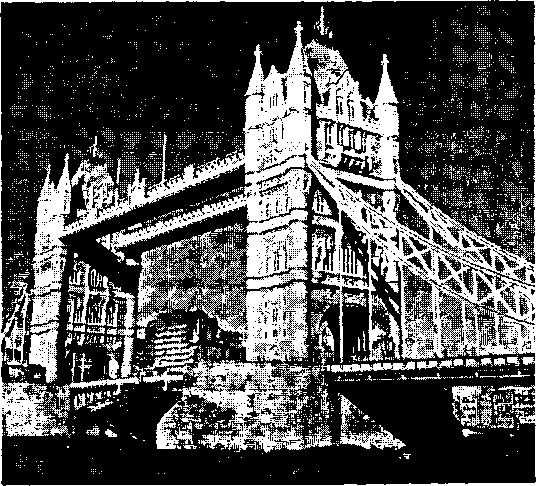
Tower Bridge itself is London's most dramatic river crossing and a world landmark. It is so called as it is very close to the Tower of London. Alternative designs were fiercely debated over for 8 years until work started on the present design in 1886. It took another 8 years to build and is a opening steel bridge with the steel end constructions each clad in a mock Victorian Gothic tower.
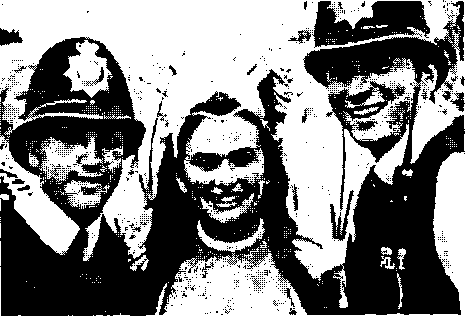
Tower Bridge right
London hosts several festivals, fairs and carnivals throughout the year. The most famous is the Notting Hill Carnival, one of the world's largest carnivals. The carnival takes place over the August bank holiday weekend, and attracted almost 2 million people in 2004.
2 London policemen - "Bobbies" - at the carnival left
It has a distinctly Afro-Caribbean flavour, and highlights include a competition between London's steel bands (modelled on the steel bands of Jamaica and the Caribbean) and a 5 km-long street parade with dancing to music.
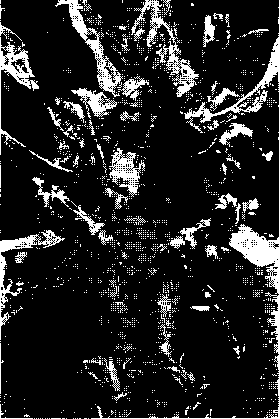
A dramatic costume in August 2004 right
London is full of historic buildings - one of the most interesting to visit is Westminster Abbey which is crammed full of the tombs of personalities from world history over the past thousand years.
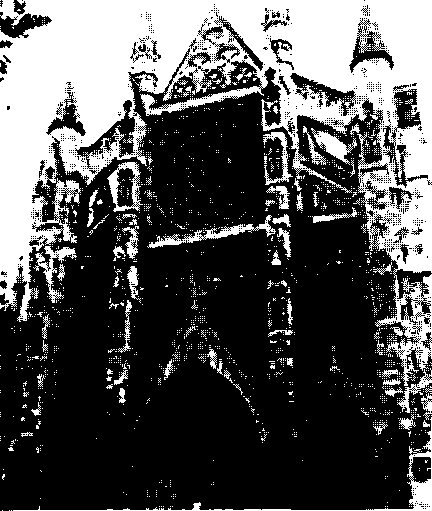
Used for the coronation of almost every monarch since 1066, the Abbey has not only Kings, Queens and major political and religious figures buried there, but also a number of major literary and scientific figures, such as Chaucer, Dickens, Newton and Darwin.
The earlist chapel dates back to 616, although the main part of the Abbey was built in the Gothic style in 1245-1517. The two west towers, frequently photographed, were built by Sir Christopher Wren in the 18th century. The north entrance dating from the 13th century is shown left.
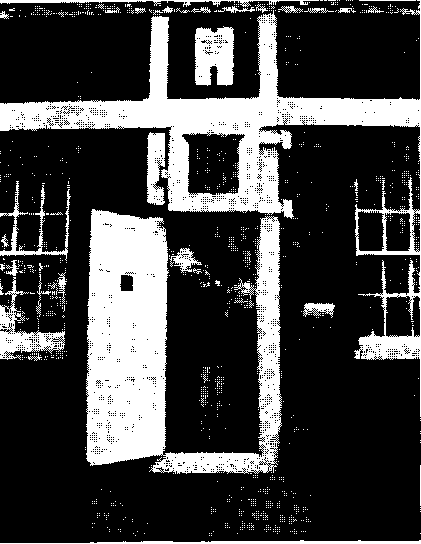
Less popular but also important is the Prime Meridian, the meridian (line of longitude) passing through the Royal Greenwich Observatory, Greenwich, London; it is the meridian at which longitude is 0 degrees. It is sometimes referred to as the Greenwich Meridian.
The meridian was agreed upon in October 1884 when the British Empire was so important that two-thirds of the world's sea traffic used London as their reference point on maps. Greenwich Mean Time is also a reference point to this day.
The actual meridian point right
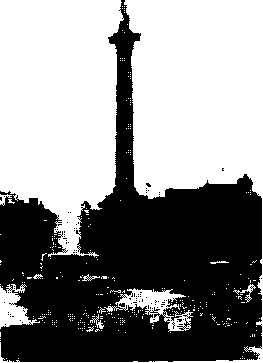
Nelson's Column left is in the centre of the square, surrounded by fountains and four huge bronze lions sculpted by Sir Edwin Landseer; the metal used is said to have been recycled from the cannons of the French fleet. The column is topped by a statue of Lord Nelson, the admiral who commanded the British Fleet at Trafalgar.

Piccadilly Circus is a circular "square" or perhaps better, an area and traffic intersection, in the City of Westminster, near Soho and the main theatre district known as the "West End". It is renowned for its video display and neon signs in the northwestern corner and the Shaftesbury memorial fountain topped by the statue of Eros, to the southwest.
Visitors from many countries regard Eros as being in the very centre of London and it is a popular meeting place.
Picadilly Circus right
Britain is roughly equally divided on the question of whether there should still be a monarchy and a royal Head of State. The royals, their property and their associated ceremonies are undeniably a major tourist attraction.

Buckingham Palace is the official London residence of the Queen and the largest "working" royal palace remaining in the world. The palace was built for the Duke of Buckingham in 1703 but bought by George III in 1762 as a private residence.
A tourist's view of the palace left
Tourists (and residents) see the sights, but rarely notice that London sees them. In Britain there are about 4.5 million closed-circuit television (CCTV) cam-
eras, which record continually and are referred to in the event of crime or other such reason.
Approximately a third of these are in Greater London and it was estimated in 2003 that a person in London could be seen on 300 different cameras each day. A series of Privacy Acts have been passed although these concentrate on the exclusion of CCTV from "private" locations.
Right is shown a CCTV camera on the London Underground or "tube", prominently showing the famous logo.
